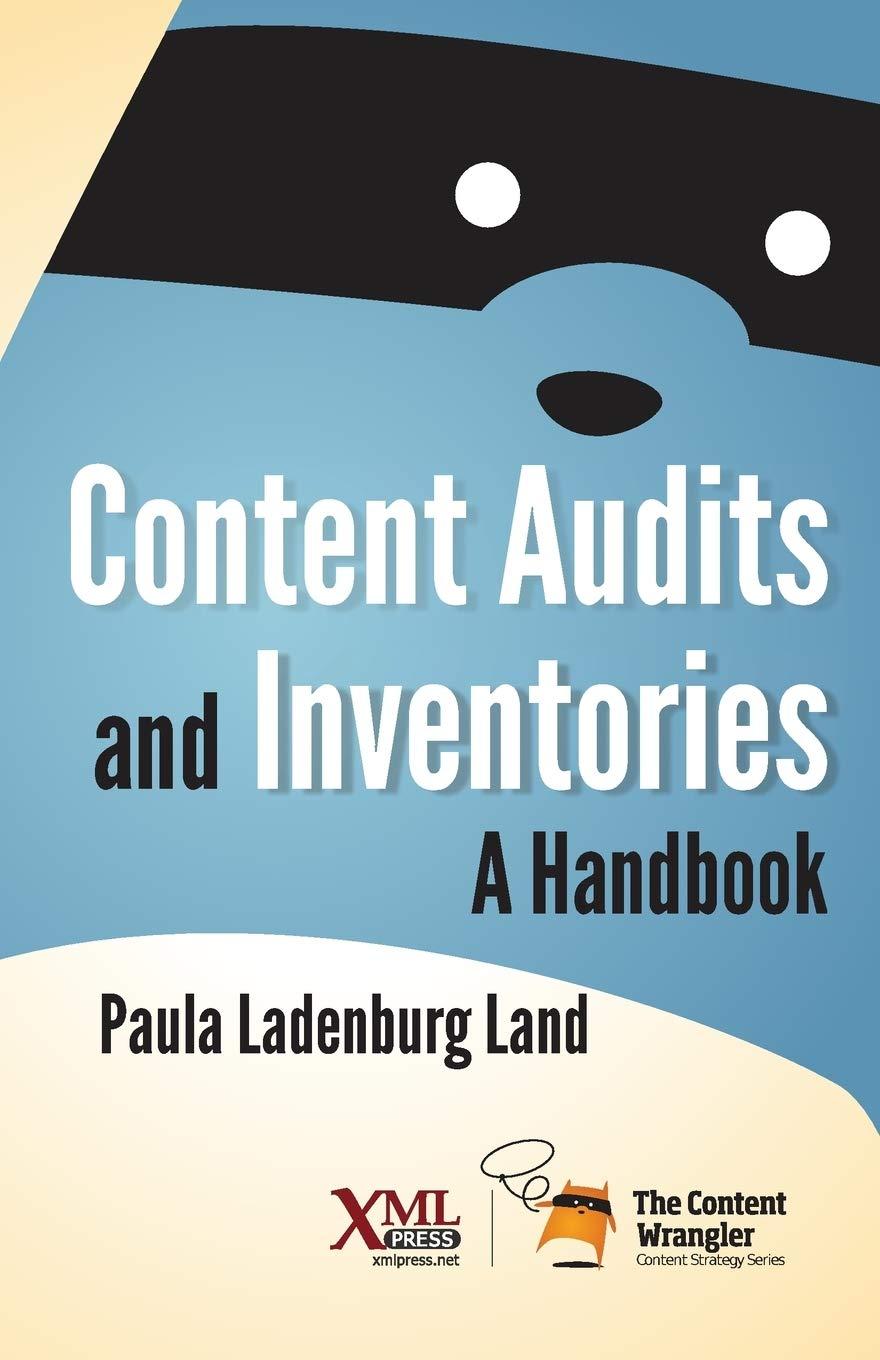Question
The FIST FALS This is a rule that shows how inventory is recorded. There is a cost flow and a goods (physical) flow. FALS stands
The FIST FALS
This is a rule that shows how inventory is recorded. There is a cost flow and a goods (physical) flow. FALS stands for FIFO, Average, LIFO and Specific Identification.
For example, FIFO means first in first out. The goods flow shows how inventory physically moves. FIFO movement occurs with produce and dairy items. The first items in are the first items out to avoid items perishing or spoiling. However, even if dairy items have a FIFO physical flow, they may be recorded with any other costing flow like LIFO or Average.
For the FIFO cost flow, the first items available in inventory are assumed to be the items that are sold. That is, COGS comes from the original inventory and Ending Inventory (EI) is whatever is left. LIFO is completely opposite because its COGS comes from the last items that were bought in inventory and EI comes from the first items that were available in inventory. Normally, inventory is more expensive each time that a company buys more. This is called a rising prices or inflationary environment. Here is an example. Please study each one, FAL.
| Periodic - 2 Items Sold (5 Items left in Ending Inventory (EI)) | |||||||||||||
| Date | Cost | Qty | Total | ||||||||||
| 1/2 | $1.00 | 2 | $2.00 | FIFO - COGS - 2x$1.00=$2.00 | LIFO - EI - 3x$2.00=$6.00+2x$1.00=$2.00=$8.00 | ||||||||
| 2/10 | $2.00 | 3 | $6.00 | ||||||||||
| 3/30 | $5.00 | 2 | $10.00 | FIFO - EI -3x$2.00=$6.00+2x$5.00=$10.00= $16.00 | LIFO - COGS - 2x$5.00=$10.00 | ||||||||
| 7 | $18.00 | Average - $18.00/7 = $2.57 (2x$2.57 = COGS - $5.14; 5x$2.57 = EI - $12.85 | |||||||||||
| FIFO | AVG | LIFO | |||||||||||
| COGS | $2 | $5.14 | $10 | ||||||||||
| EI | $16 | $12.85 | $8 | ||||||||||
| Total | $18 | $18 | $18 | ||||||||||
| Net Income | Higher | Middle | Lower | ||||||||||
| Taxes | Higher | Middle | Lower | ||||||||||
During rising prices, $1,$2,$5, the price is higher each time inventory if purchased. This means that cost of goods sold expense is higher when using LIFO because COGS starts with the last in as the first out and LIFO ending inventory is at the earlier lower prices. The opposite is true for FIFO, the first in costs are the COGS first out costs. These costs are the lowest and the FIFO EI costs would be the highest. This is all true when prices are rising. This scenario would be reversed if prices are falling under a deflationary period.
Specific Identification is not displayed above. It specifically identifies the amount of each item. It is relatively easy to track. For example a specific ID inventory would be like a car lot's inventory. Every specific car has a special VIN and a specific price and this is how it is recorded when bought and when sold. The above illustration is a periodic example. If perpetual is used, the accountant would not wait until the end of the period to record each sale. The sale occurs at the time of sale and the calculation is made at that time. Here in this example the calculation is not made until March (3/30), the end of the period.
Instructions:
- Find a company who uses FIFO and name that company (A bonus will be given if you can find a LIFO company. You may use a 10K) (1point)
- Thoughtfully explain why you believe most companies use FIFO for costing inventory? (2 points)
- Which type of companies must conduct a physical count of inventory? (1 point)
Step by Step Solution
There are 3 Steps involved in it
Step: 1

Get Instant Access to Expert-Tailored Solutions
See step-by-step solutions with expert insights and AI powered tools for academic success
Step: 2

Step: 3

Ace Your Homework with AI
Get the answers you need in no time with our AI-driven, step-by-step assistance
Get Started


